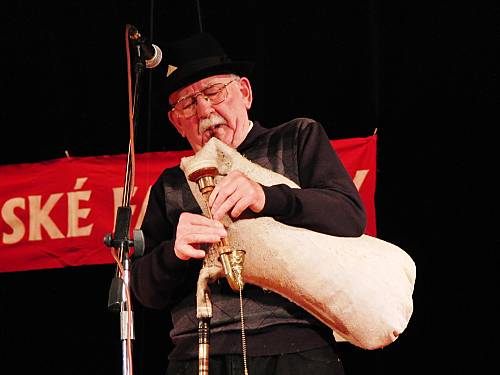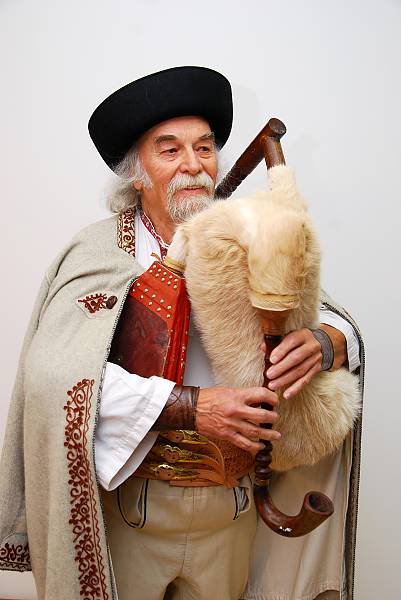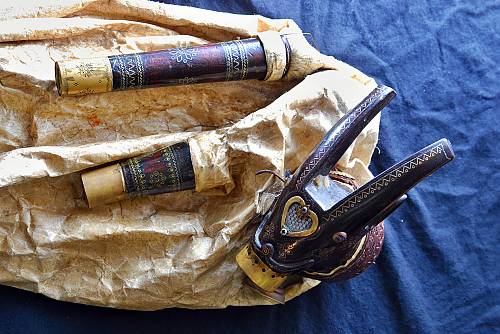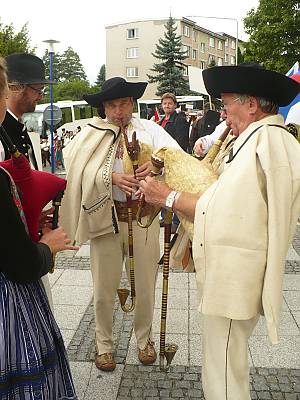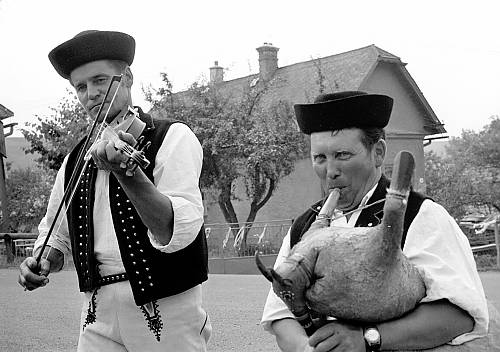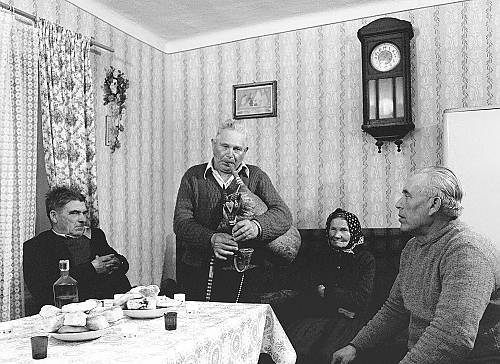Bagpipe culture
Inscribed in 2015 (10.COM) on the Representative List of the Intangible Cultural Heritage of Humanity
Bagpipe culture consists of a wide range of expressions and knowledge associated with bagpipes and their use, including music repertoire, style and ornamentation, songs, dances, instrument-making, folk customs and traditions and special verbal expressions. The bagpipe tradition exists throughout Slovakia, with regional differences concerning technical details, tuning, ornaments and know-how, and corresponding songs and dance repertoire. The main bearers and practitioners of the element are bagpipe makers and players, as well as other musicians, singers and dancers performing in groups with bagpipe players. Many of the attributes of bagpipe culture are hallmarks of traditional folk culture in Slovakia with links to the natural environment, such as construction methods (use of goat skin) or the aesthetic forms of instruments (other domains of local folk art), local and individual styles of interpretation of songs and repertoire. Bagpipe culture is transmitted from generation to generation within the family and community and via formal and non-formal education. A community is proud to have a bagpipe player and when a bagpiper attends a community social event, the music generates a sense of identity shared among all members of the community.


